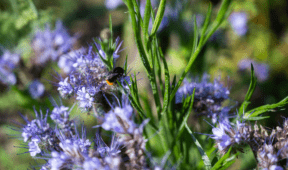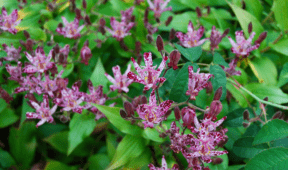How Mosquitoes Survive the Winter Months
Mosquitoes are synonymous with summer evenings, buzzing relentlessly and leaving itchy bites. But as temperatures drop, they seem to disappear. Have you ever wondered where mosquitoes go in the winter? Do they die off, or do they have survival strategies to endure the cold? This article explores the fascinating lifecycle of mosquitoes, their winter habits, and how they manage to reappear each year.
The Lifecycle of a Mosquito
Mosquitoes undergo four stages of development: egg, larva, pupa, and adult. This lifecycle typically spans a few weeks during warm weather, with females laying eggs in stagnant water. Once hatched, larvae and pupae remain aquatic until they transform into adults.
During the colder months, this cycle slows dramatically. The ability of mosquitoes to survive winter depends on their species and environmental conditions, with some adapting to pause their lifecycle until spring.
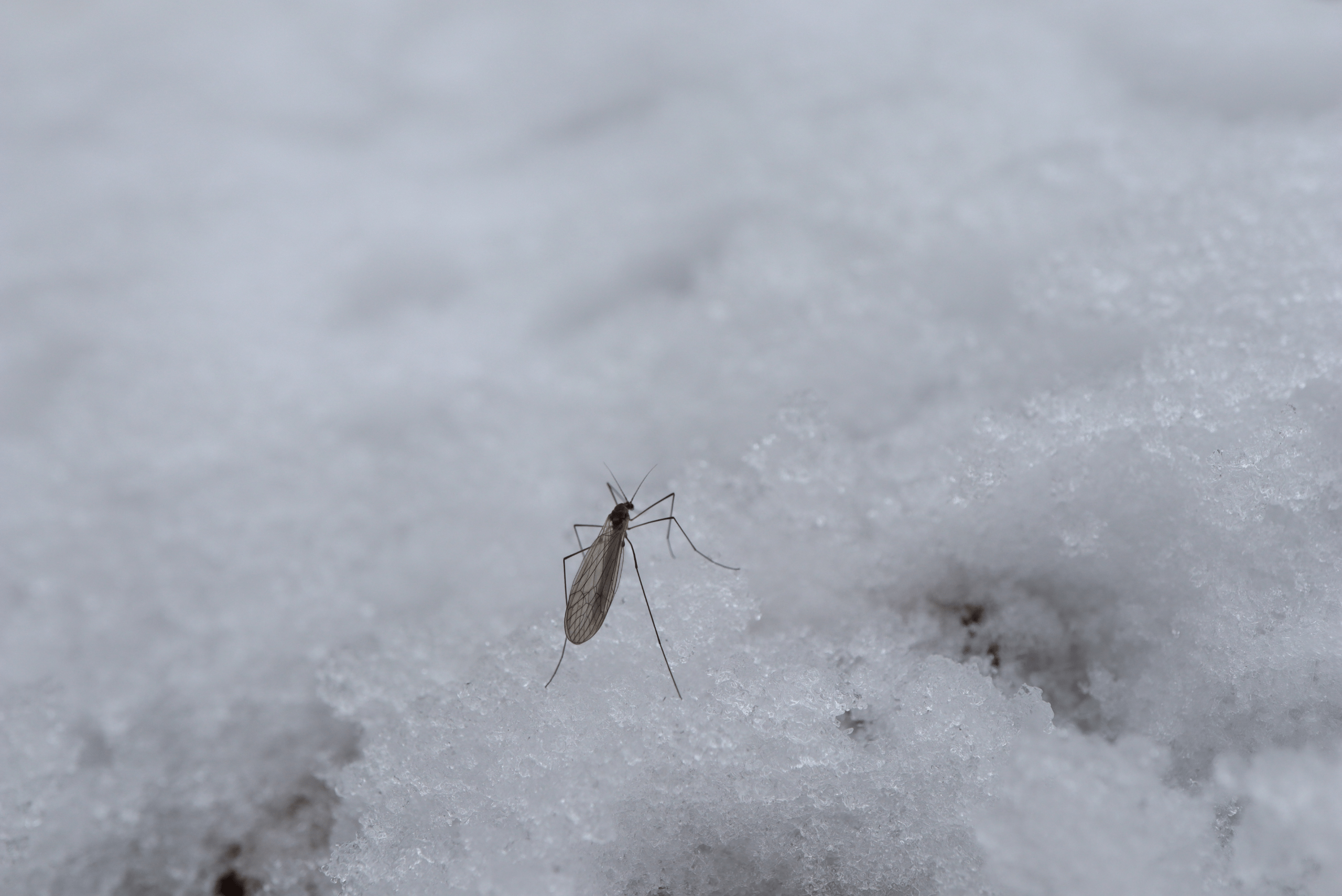
How Mosquitoes Survive the Winter
Different mosquito species employ various strategies to survive winter. In temperate climates, certain species enter a state called diapause, a type of hibernation. Female mosquitoes, having mated in late summer or early fall, seek sheltered spots like hollow logs, basements, or animal burrows to avoid freezing temperatures.
Meanwhile, other species rely on their eggs to endure the winter. These eggs are laid in areas prone to flooding, such as riverbanks or ditches. They remain dormant until warmer weather and rising water levels trigger hatching.
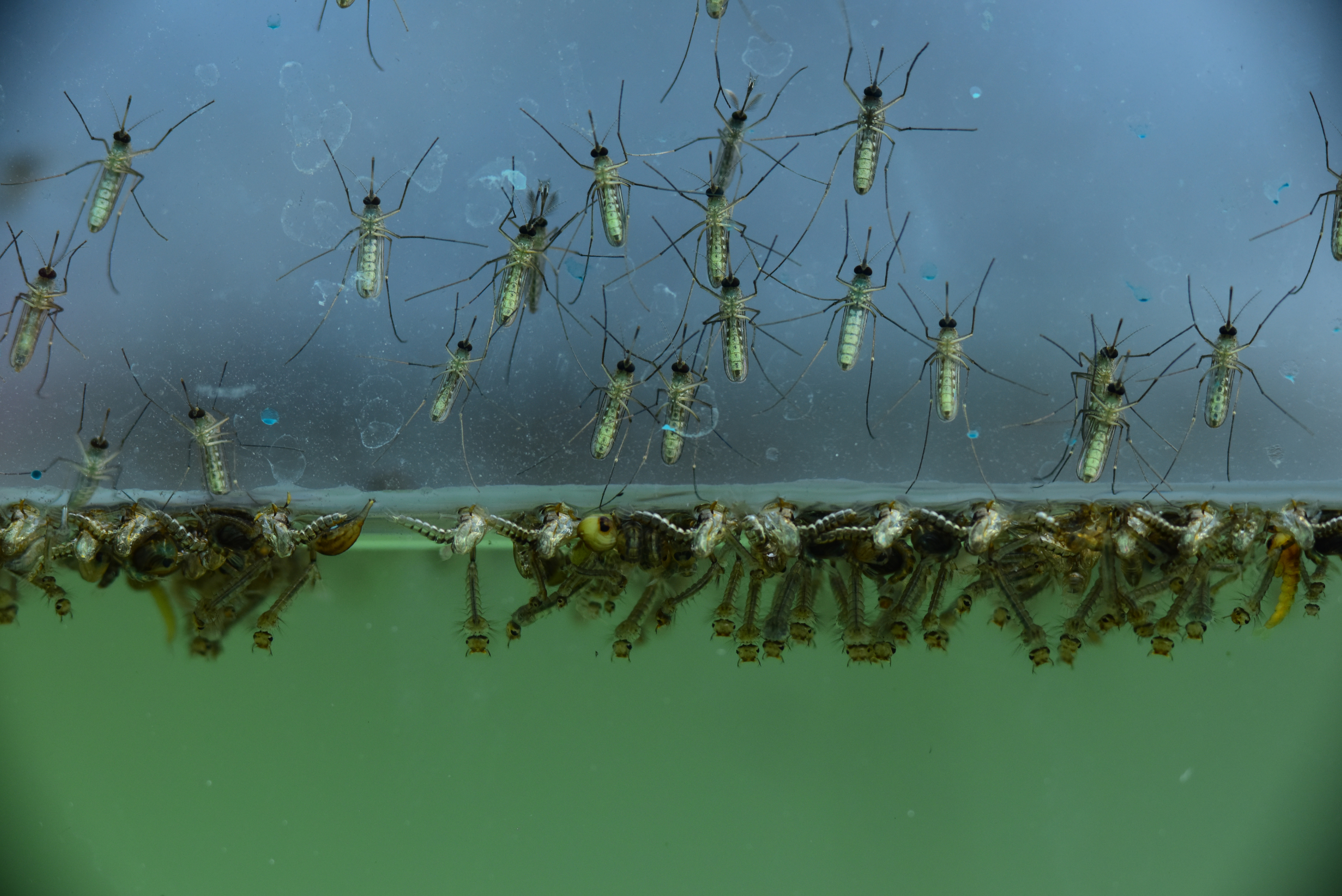
Do All Mosquitoes Die in Winter?
Not all mosquitoes survive the winter. In harsher climates, many adult mosquitoes do perish when temperatures plummet. However, the eggs of certain species are incredibly resilient, with thick protective coatings that enable them to endure freezing and dehydration.
These hardy eggs ensure the species’ survival, hatching when conditions become favorable. This adaptability explains why mosquitoes seem to reappear so quickly after the arrival of spring.
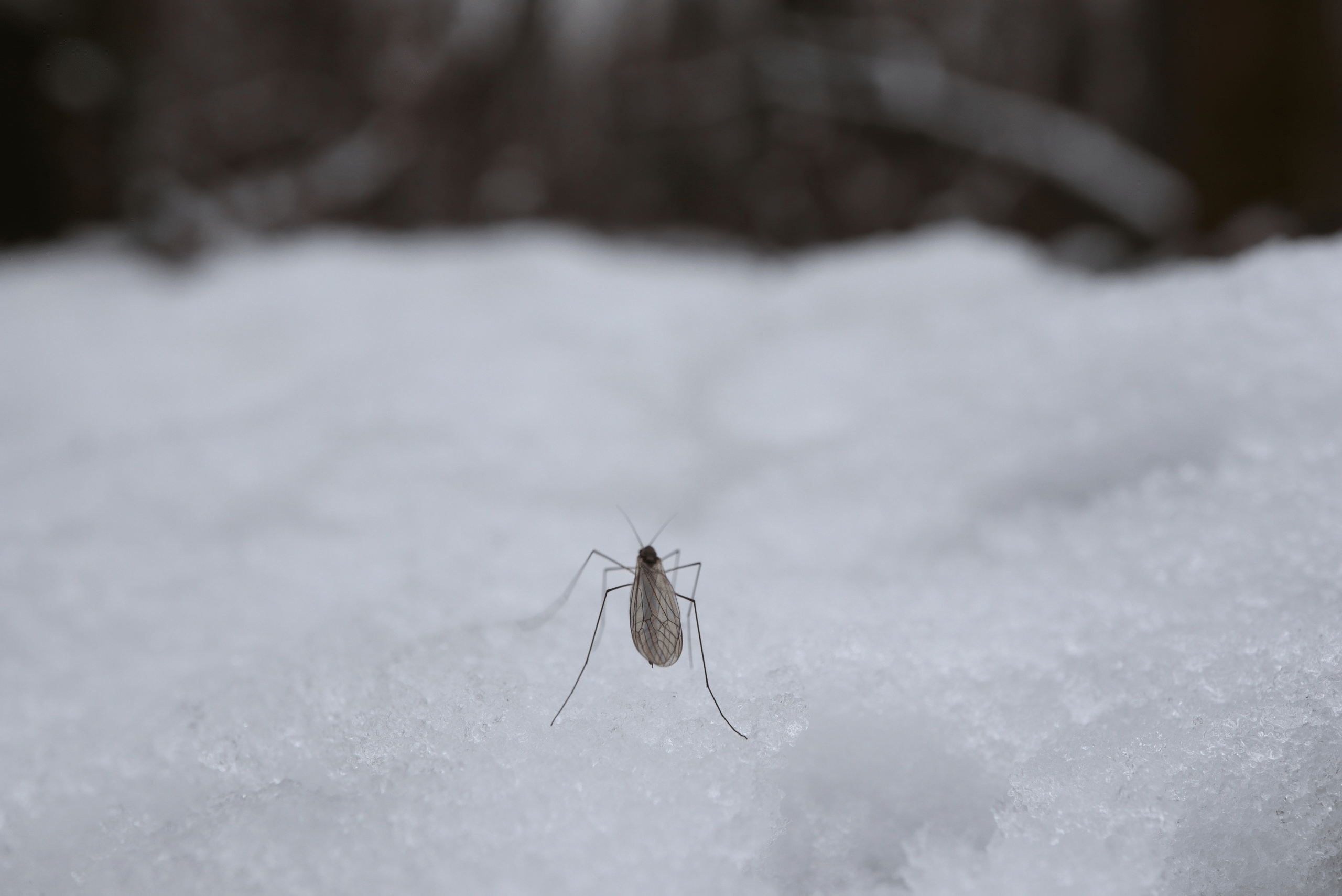
Implications for Mosquito Control
Understanding where mosquitoes go in the winter can help improve control strategies. For instance, eliminating potential breeding sites, such as standing water in buckets, tires, or gutters, during fall can reduce mosquito populations the following spring.
Additionally, treating areas where dormant eggs are likely to be found can prevent large outbreaks. Preparing ahead of time can minimize the nuisance and health risks mosquitoes pose once they become active again.
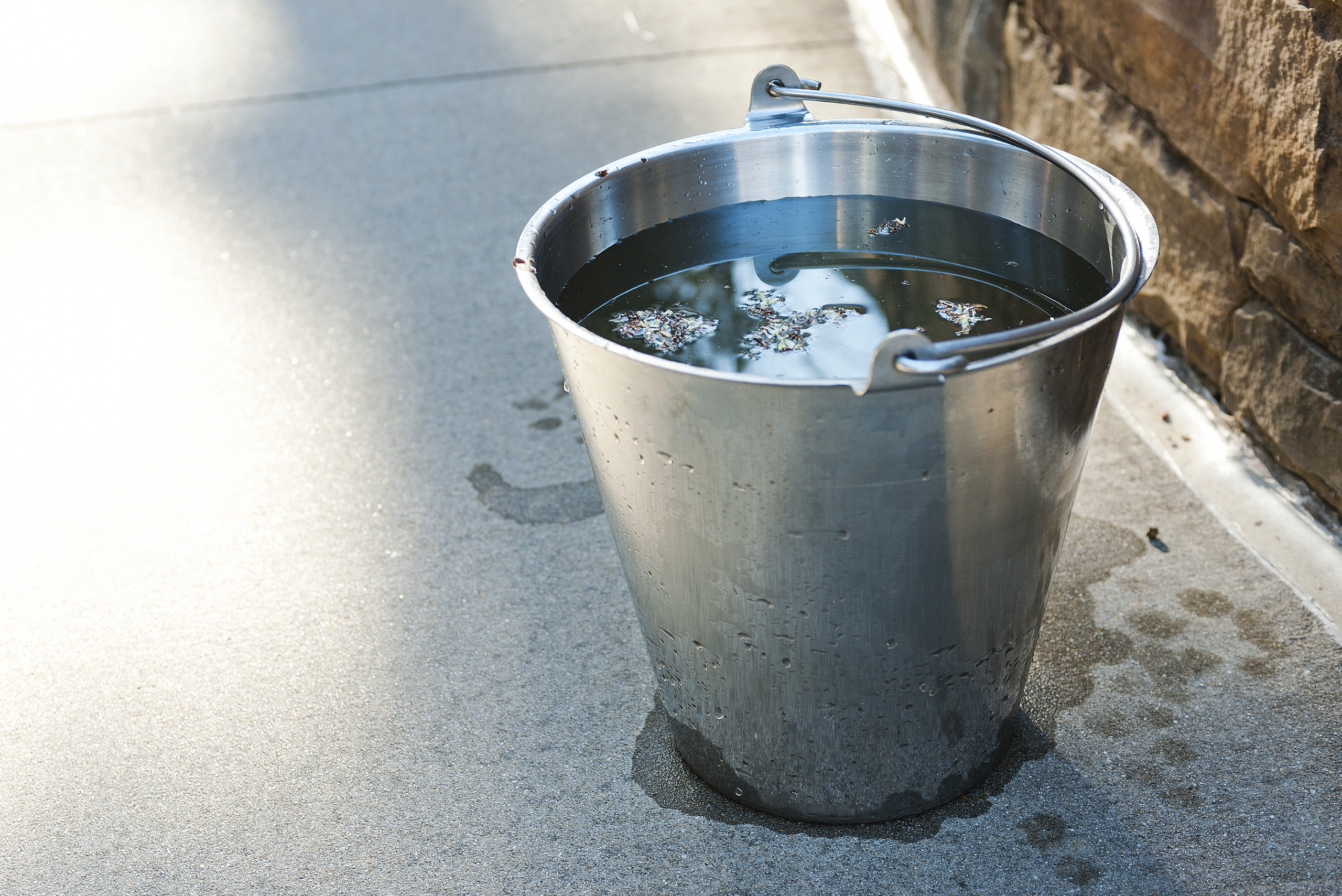
The Role of Climate in Mosquito Habits
Climate plays a significant role in determining mosquito behavior during winter. In tropical regions, where temperatures remain warm year-round, mosquitoes remain active, continuing their lifecycle uninterrupted.
In contrast, regions with harsh winters force mosquitoes to adopt survival tactics like diapause or egg dormancy. However, as global temperatures rise, some species are expanding their ranges, potentially increasing mosquito activity in areas previously unaffected.
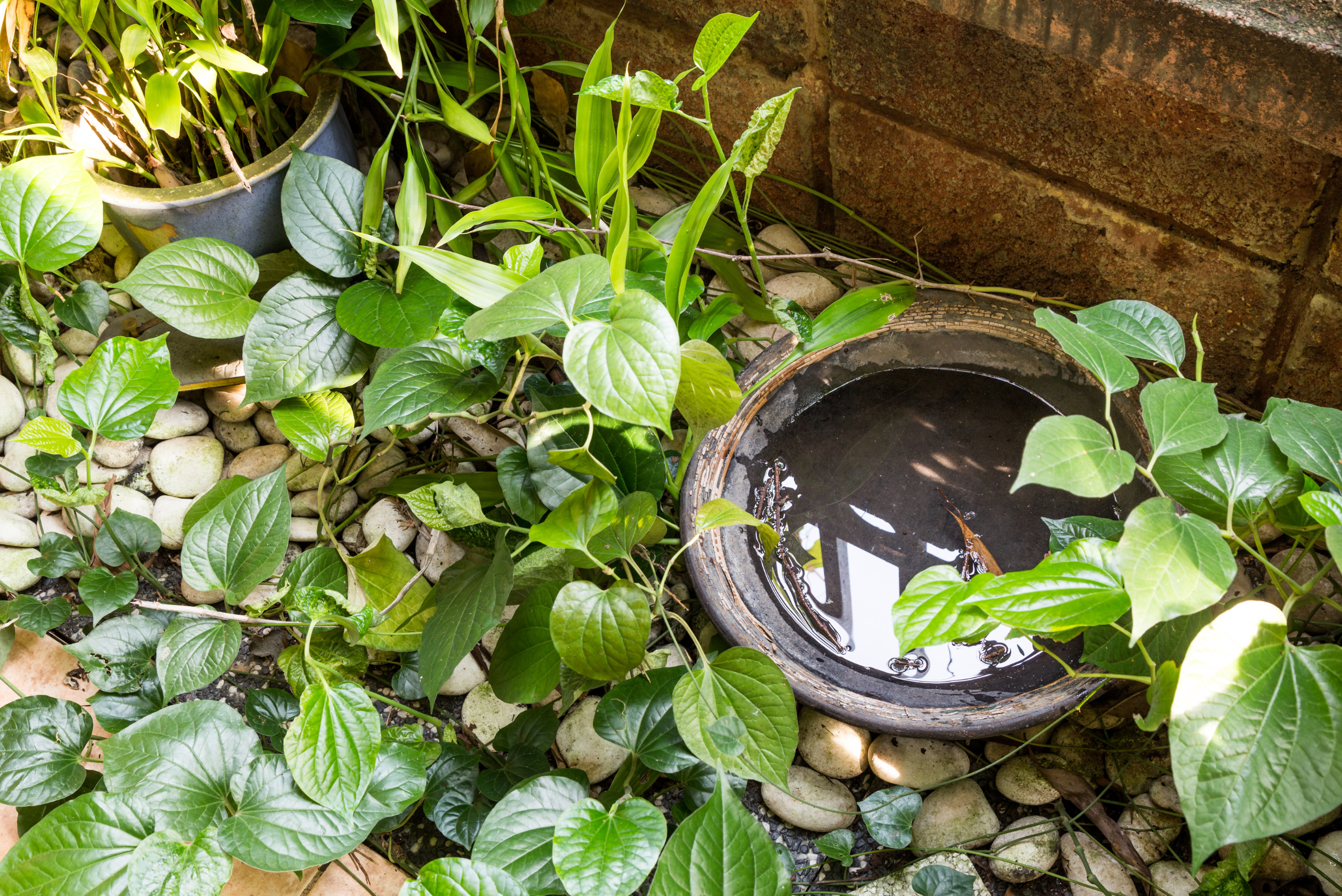
Related Articles
- Five Natural Pest Prevention Options To Try At Home
- Tricks For Keeping Bugs, Mice, And Other Pests Far Away From Your Home
- Spot This Bug? Here’s What to Do Immediately!
Mosquitoes may seem to vanish during the winter, but their absence is only temporary. Through strategies like hibernation, egg dormancy, and lifecycle adjustments, they ensure their survival and return each spring. By understanding their habits, you can take proactive measures to control mosquito populations and enjoy a more comfortable outdoor experience when warmer weather arrives.






